
Look around your house right now. Notice what’s missing? Your parents probably had entire drawers full of gadgets that you’ll never need to buy. One device swooped in and made them all irrelevant overnight. It’s actually kind of ruthless how efficiently smartphones wiped out products that companies spent billions developing. Here are the casualties that didn’t stand a chance.
Pocket Calculator
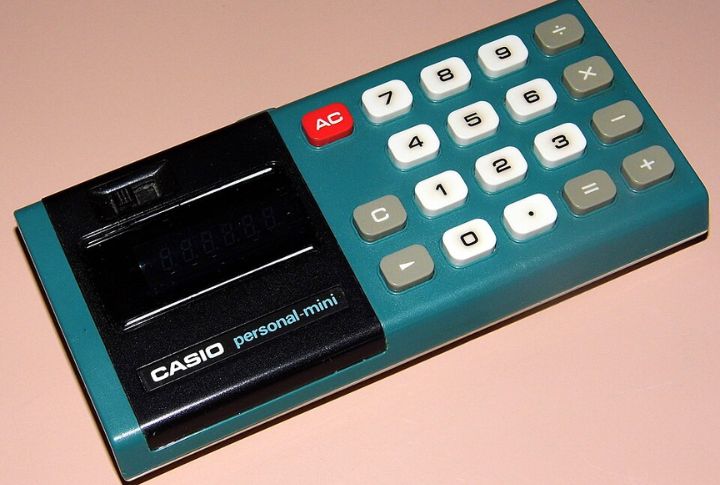
HP-35 buyers spent $2,000 on a calculator in 1972. Those devices were absolute necessities for anyone doing math on the move. Then smartphones snuck in and made calculators completely pointless. Today, they’re just curiosities for collectors chasing retro tech.
Compact Cameras
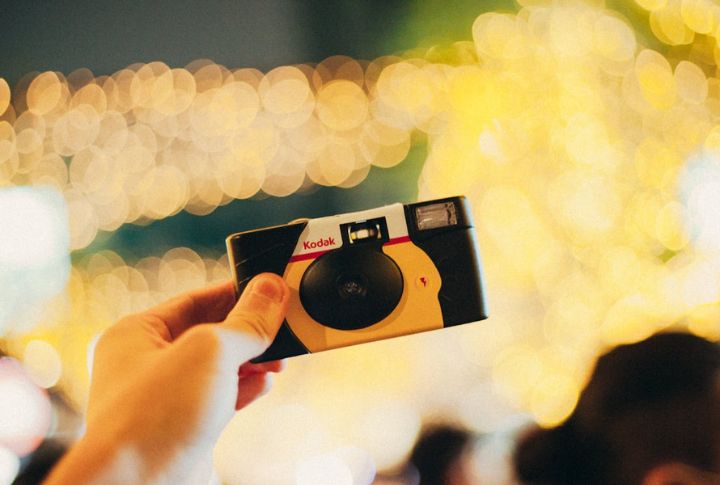
Compact cameras are basically extinct now. Smartphones made photography so easy that nobody bothers with separate devices anymore. Influencers, families, travelers—everyone just uses their phone, except for those film photography diehards who actually prefer the imperfect, organic feel of disposable cameras over crisp digital images.
Standalone MP3 Player / Ipod
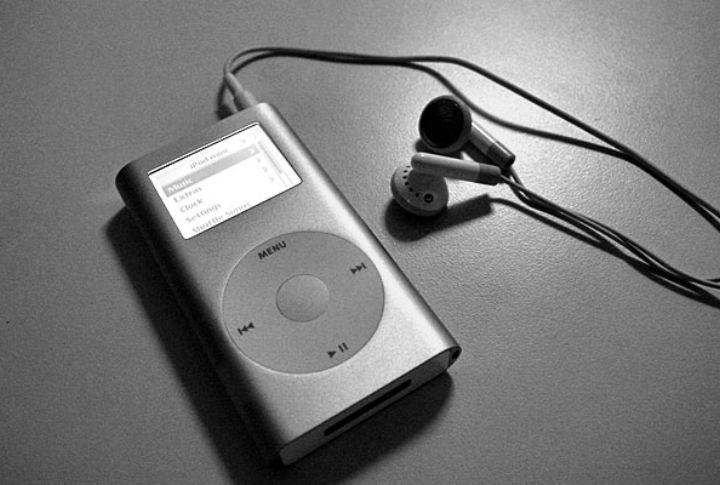
When the iPod launched, it changed everything, letting people pocket entire music libraries for the first time. That satisfying click wheel became the coolest tech accessory of the early 2000s. However, smartphones ended the dream by doing everything the iPod did—plus texting and streaming.
Paper Maps

Paper maps once guided road trips, city walks, and backpacking adventures. They offered a tactile sense of direction, unfolding landscapes by hand. Today, smartphones deliver instant navigation and transit routes, quietly replacing the folded companions that once lived in glove boxes and travel bags.
Landline Home Phone For Everyday Calls
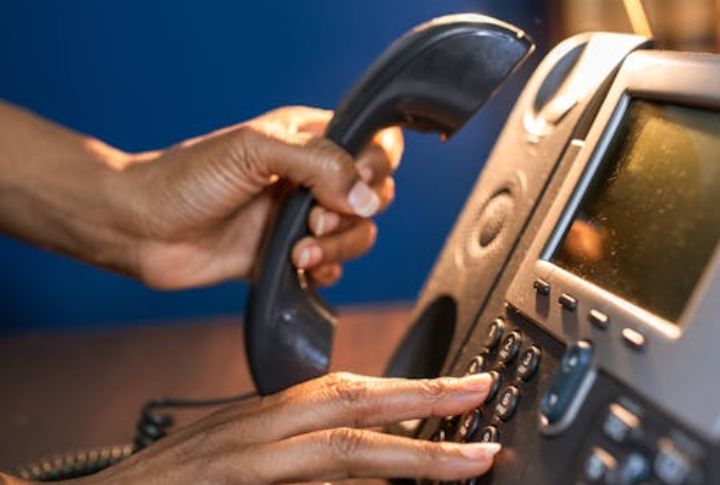
Every household had one sitting there—the home phone that connected families to the outside world. Landlines ruled communication for generations. Mobile phones changed that completely. Currently, these traditional phones are primarily found in areas where cellular coverage is unavailable, while older rotary versions have become nostalgic decor for collectors.
Portable GPS Navigation Units
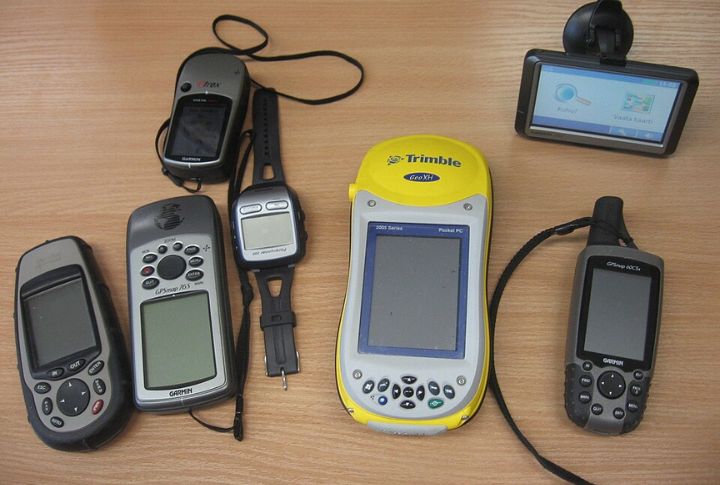
Portable GPS devices had their moment. People loved them for road trips once they figured out the whole map-update thing. Then smartphones came along with Google Maps and, well, that was pretty much it. You’ll find them now mostly with serious outdoor folks who need offline maps when they’re way out there.
Paper Phone Books / Rolodex
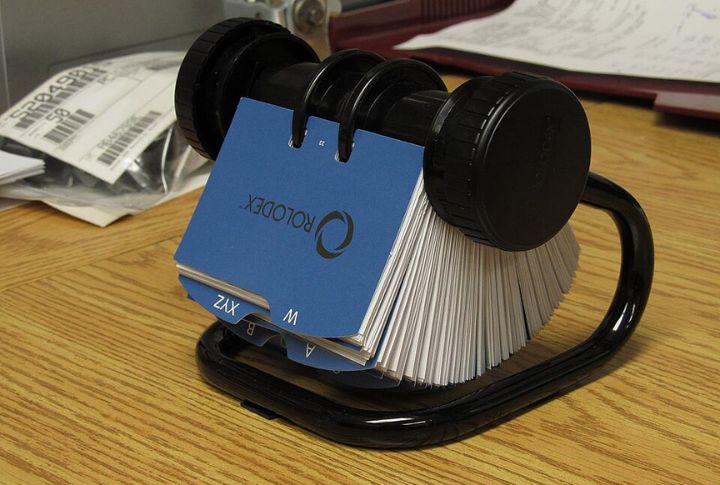
To find a contact, people relied on a Rolodex or a phone book. These bulky systems ruled contact management until smartphones arrived with apps that stored thousands of names effortlessly. The physical tools became obsolete almost overnight, replaced by something infinitely more convenient and portable.
Alarm Clock / Bedside Clock
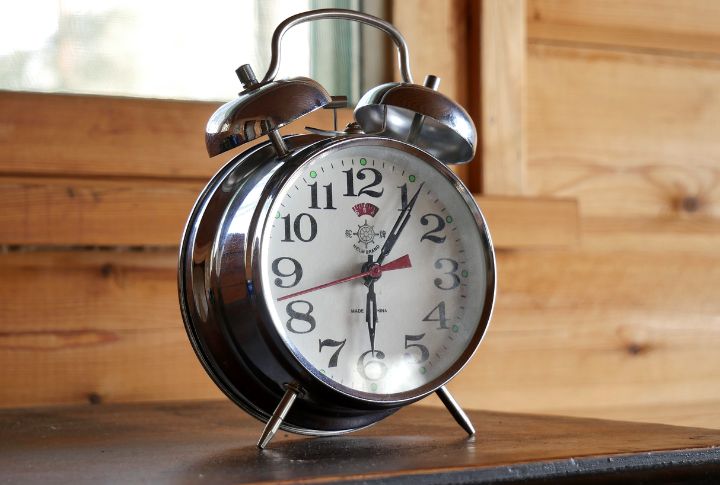
Alarm clocks used to be on every nightstand. Now they’re basically extinct because everyone just uses their phone instead. It happened so quietly that most people didn’t even notice when their bedside clock disappeared.
Pocket Watch (Basic Timekeeping)
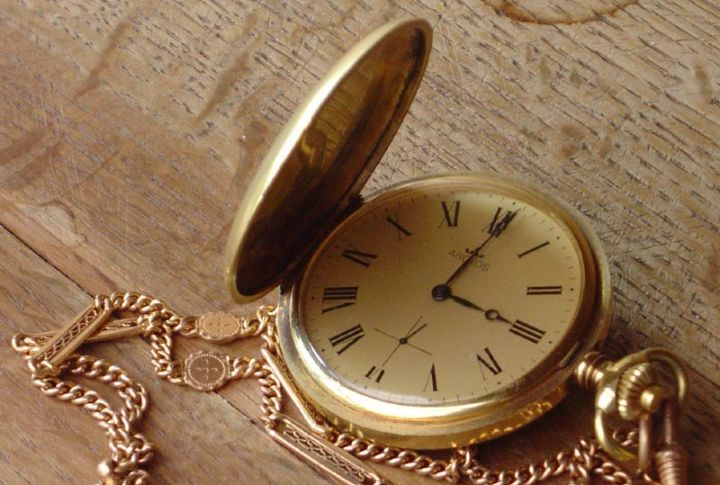
There was a time when pocket watches meant practicality, not nostalgia. Almost everyone had one—standard equipment for daily life, regardless of gender. Fast forward to now: smartphones display time effortlessly on screens we check constantly anyway. Those mechanical watches? They went from necessary tools to collectible curiosities valued purely for their intricate design.
Paper Boarding Passes And Event Tickets
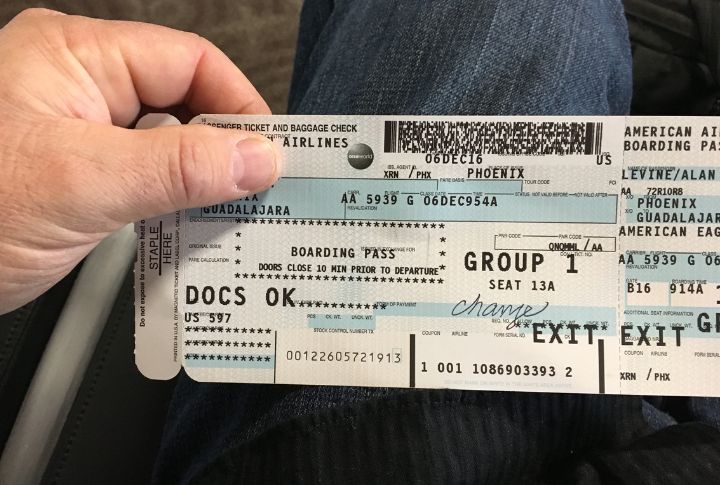
Boarding passes and event tickets meant actual paper you could hold and keep as memories. Digital QR codes and barcodes in wallet apps erased that ritual entirely. Just scan and enter—nothing tangible left behind except screenshots nobody bothers saving anyway.

